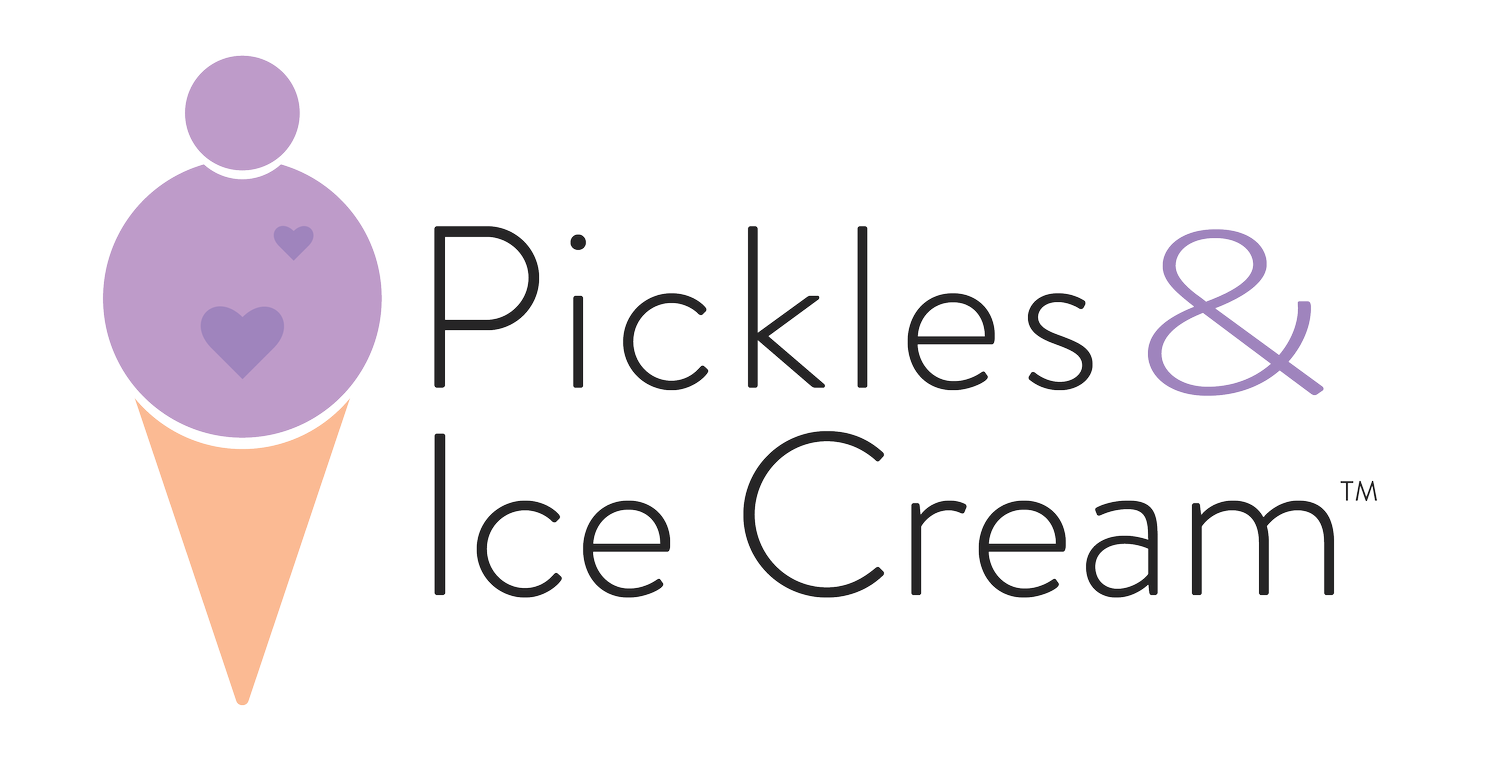Life After Birth: Postpartum Health
➝ Your body and mind can change after you have given birth and the months that follow.
➝ The postpartum period has a lot of new routines, experiences, and issues of its own.
➝ Know what to expect and make the best of it by creating a postpartum care plan!
The postpartum period is generally known as the time right after birth and up to 6 months after birth. During this time, the birthing parent’s body can experience many changes. Getting back to your pre-pregnancy body balance usually takes about six weeks for vaginal deliveries and twelve weeks or more for C-section deliveries. During your postpartum period, you’ll see a lot of changes and new things you may not have expected but you should know now!
The Body Changes
One of the first things you can expect to experience is a vaginal discharge called “lochia”. This discharge is like a menstrual period and slows over the next few weeks. Small blood clots are normal, but if they are larger than a plum and accompanied by heavy bleeding that continues even when you rest, contact your provider.
You’ll also feel some pain or cramps in the weeks after the birth. This soreness can come from the stretched area between your vaginal opening and rectum. You’re uterus (where your baby was growing) will also start to shrink back to normal size, so you may feel cramps from that.
Breast and nipple pain can also start to happen. Breast engorgement just means that you are making a lot of milk, and regular breastfeeding should help with the tenderness and soreness. The nipple pain comes with breastfeeding, but ask your provider or lactation consultant about what to use that will stop them from drying out and cracking.
There are some big warning signs like fever, swollen leg, and excessive bleeding that can come after the birth of your baby. Watch our video get to know all the warning signs, and then take our quiz to test your knowledge! You should call your provider or 911 if you have these warnings signs.
Mom’s Mental Health
Finally, it is especially important to take care of your mental health too. PMADs, or perinatal mood and anxiety disorders, are the result of body changes, social expectations, and your environment.
These disorders typically come up within the first two years following conception, usually decreasing around a child’s first birthday. Any mother can experience PMADs, though mothers with a personal or family history of PMADs, anxiety, and depression, those who lack family or partner support, and/or those who are dealing with other difficult situations in their daily lives are at a greater risk. PMAD symptoms can be different depending on the disorder.
Postpartum depression symptoms include low mood/sadness, agitation, appetite or sleep disturbance, and feelings of harming yourself or your baby.
Postpartum anxiety symptoms include constant worry, feeling like something bad will happen, or physical issues like dizziness and nausea.
Postpartum OCD symptoms include repetitive, persistent thoughts or mental images about the baby (obsessions), constantly redoing certain actions (like cleaning or reorganizing items) to try to lessen these obsessions (compulsions), and fear of being left alone with your child.
Postpartum psychosis symptoms include having feelings or beliefs that are not real, but feel that way, decreased need or an inability to fall sleep, hallucinations, or feelings of paranoia.
PMADs are NOT the “baby blues”, which affects around 80% of mothers following childbirth. The “baby blues” usually lasts around 2-3 weeks with generally mild symptoms that go away on their own. However, these feelings can still be hard to understand as a new parent.
Remember, you are never alone in what you feel, even if you feel like you are. Keep in contact with your provider so they are able to help you along the way.
Here are a few other resources for support to name a few:
Creating Your Postpartum Plan
Creating a support plan during pregnancy for things like a meal prep, or scheduling help from family members or friends is a great way to help make sure you get the rest and nutrition you need the weeks after the baby is born.
For help creating a postpartum plan, consider these questions:
Who will be the people supporting you during the day/evening/night time?
What are strategies to have sufficient sleep?
What nutritious meals can be prepared ahead of time or frozen? Who can help cook?
Do you have people you can support you? Any local support groups or provider that you can talk openly to about what you are feeling?
What is the plan for daily house chores? Are you considering a postpartum doula?
What are you concerned about? Is your partner concerned about the transition too? What are those resources you may need?
Taking care of yourself after childbirth is important for both your well-being, as well as the well-being of your child. Anything and everything you can do to be at your best, including reaching out for help, will go a long way towards a successful postpartum period.
References
Perinatal Mood and Anxiety Disorders (PMADs), Postpartum Support Virginia

